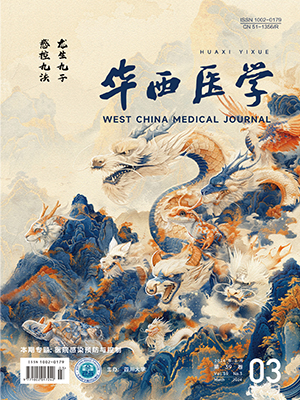Objective To study the effect of training methods for hospital infection management that through the whole process of diagnosis and treatment. Methods We selected part-time hospital infection personnel from Panyu Central Hospital of Guangzhou to form a teaching staff between January 1 and October 31, 2022. The teaching staff was randomly divided into a control group and an experimental group using a random number table method. The control group received training using traditional theoretical training models, while the experimental group received training using a simulated hospital infection training teaching model that runs through the entire diagnosis and treatment process. The training effects of the two groups through theoretical knowledge assessment, operational skills assessment, and teacher satisfaction evaluation were compared. Results A total of 196 teachers were included, with 98 students in each group. There was no statistically significant difference between the two groups in terms of gender, age, education level, major category, professional title, and years of work experience (P>0.05). The total score of theoretical knowledge examination in the experimental group [(88.49±8.33) vs. (80.35±13.57) points, t=5.062, P<0.001] was higher than the control group. Among them, the scores of hand hygiene standards for medical personnel, principles of aseptic operation, occupational exposure disposal, classification and disposal of medical waste were significantly higher than those of the control group (P<0.05). The total score of the operational skills assessment in the experimental group was higher than that in the control group [(86.37±5.25) vs. (76.75±7.07) points, t=10.811, P<0.001], among which the scores during operation, after operation, and overall impression were significantly higher than the control group (P<0.05). The overall satisfaction in the experimental group was higher than that of the control group (94.90% vs. 72.45%, χ2=18.076, P<0.001), among which the satisfaction with training methods, textbook value, course attractiveness, and clinical applicability were higher than those of the control group (P<0.05). Conclusions Through the whole process of diagnosis and treatment training method for hospital infection management can significantly improve the training effectiveness of teachers. It is worth promoting in the teaching of hospital infection management for various levels and types of personnel.
Citation:
LIU Xiaoyan, HU Zhumin, LIANG Simin, LIAO Keping, WU Shaoli, LIU Yun, SU Huanxin. Research and application of the training method for hospital infection management teachers through the whole process of diagnosis and treatment. West China Medical Journal, 2024, 39(4): 619-623. doi: 10.7507/1002-0179.202309221
Copy
| 1. |
|
| 2. |
|
| 3. |
|
| 4. |
|
| 5. |
|
| 6. |
|
| 7. |
|
| 8. |
|
| 9. |
|
| 10. |
|
| 11. |
|
| 12. |
|
| 13. |
|
| 14. |
|
| 15. |
|
- 1.
- 2.
- 3.
- 4.
- 5.
- 6.
- 7.
- 8.
- 9.
- 10.
- 11.
- 12.
- 13.
- 14.
- 15.




